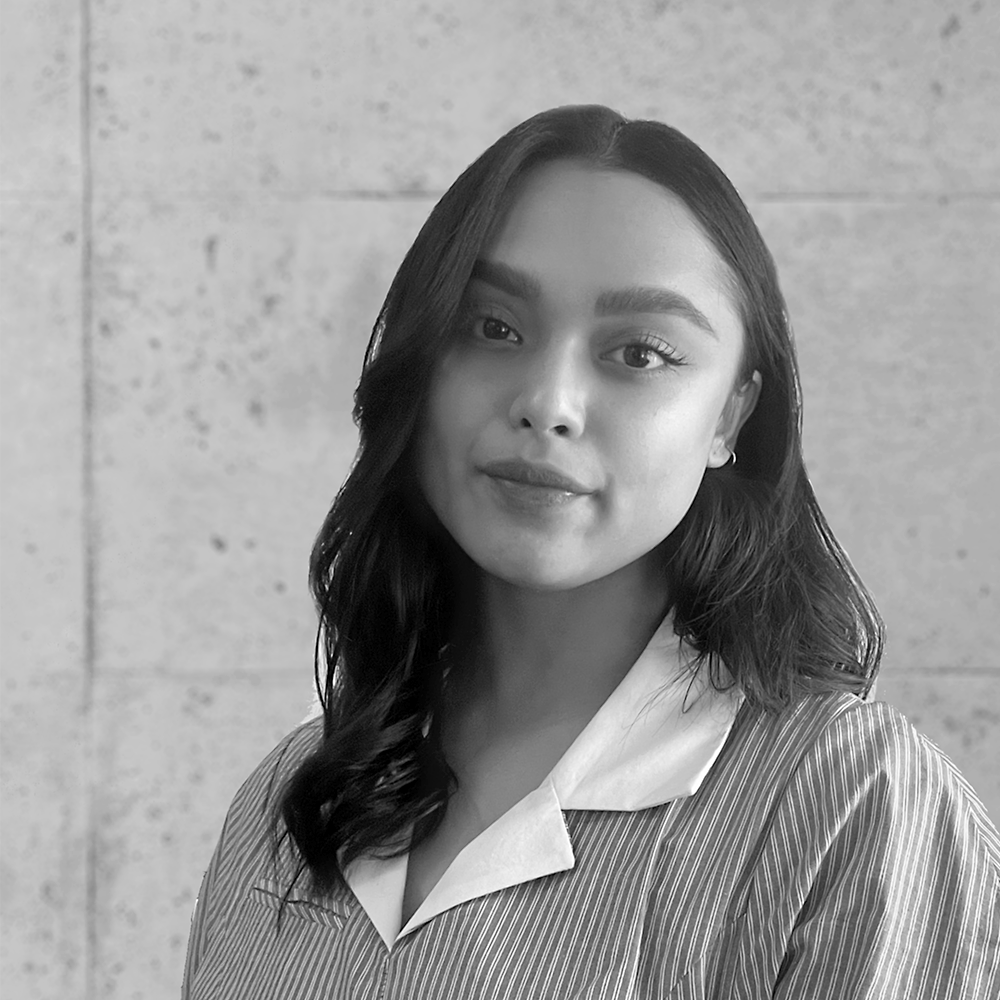Lucas Chichester

Architecture Student Director, BSA Board
Degree(s):
BArch, soon to be MArch, Wentworth Institute of Technology
Professional interests:
Residential, lighting
When did you first become interested in architecture as a possible career?
Starting in my junior year of high school, a teacher of mine offered classes that were aimed at civil engineering and architectural drafting. This combination of subjects began my interest in architecture, then my pursuit of a college that had a program of interest. That landed me at Wentworth Institute of Technology, whose architecture school has guided me terrifically to where I am today.
If you could give the you of 10 years ago advice, what would it be?
If I could go back, I’d tell myself to draw more. The art of hand drafting in the field is still so impressive and interesting, and, of course, useful. I’ve improved at it a lot over the past few years, but doing so even earlier would’ve been all the more beneficial.
What is your favorite Boston-area building or structure?
The Harvard Art Museum was one of the first buildings I saw as a student of architecture. It began my understanding of what architecture could be and initialized my love for the work of Renzo Piano.
Has your career taken you anywhere you didn’t expect?
I never expected to be a part of the BSA. The opportunity to participate in various discussions and committees focusing on the future of architecture in the city of Boston has been fantastic. When I messaged [BSA Executive Director] Eric [White], I thought I wouldn’t have a chance of getting this position [Student Director, BSA Board]. So far it’s been a wonderful opportunity to meet so many great people and to be one of four voices representing the architectural student body of Boston.
What has been your most proud moment as an architect/designer?
Although my career has only just begun, academia has been such a fantastic time with many moments in which I’ve been proud of the work I’ve accomplished. The moment that sticks with me the most is the end of my first semester. That was probably the most intense and rewarding time in my entire education before and since. At the end of it, I was proud of the work I had accomplished from the many sleepless nights and tough critics that are all too common among all architects.
What does equity mean to you?
To me, equity means architecture that is made to service/be accessible to the greatest number of people. Housing is a big draw to me as a designer, and the fact that so much current housing is too expensive for people living in the neighborhood in which it is made is a crime. If architecture doesn’t service the community within it, what is the point of it?
What is the most effective step you’ve taken in your work toward a more sustainable built environment?
Mass Timber is a great first step to better, renewable design. Although, the Mass Timber field suffers right now from a lack of available wood and designers/contractors who understand where the wood is coming from and the embodied carbon within the transportation process, from processing to construction site.
What policy from another city sets an example you think Boston could successfully follow?
So much of American urban design is car centric. That mentality makes public transit second when it comes to how cities are designed. Public transit is such a powerful tool that, when designed correctly, makes cities all the more accessible to everyone. The city of Berlin has a fantastic public transportation policy that runs on the honor system for tickets, with a good pricing system that funds the transit system and makes it efficient for all users.
What is the greatest potential for architecture to shape a neighborhood community?
As I said before, I believe that the peak of architecture is that which services the community. Designers have been criticized lately of making/championing designs that have been developed without community input, and that needs to change. We must have architecture that the community has a say in so that it has a larger impact on people’s everyday lives.
What are you reading right now?
Right now, I’m trying to learn German in order to understand an illustrated history book of the Bauhaus. I found it in a bookstore in Berlin during a school trip to the city last week.
What was your least favorite college class?
The way the subject of Adaptive Reuse is taught to us is incredibly misleading and uninspiring. Even good examples of this kind of architecture, in which existing buildings are changed/updated, are not well explained and do not inspire designers to make the best decisions that, in turn, make for a better community. Seeing cities like Berlin, which has undergone a great deal of adaptive projects throughout the years incorporating a variety of background ideologies, or the work being done on the Parthenon, which reflects repairs done to its ancient structure using different materials, are great examples of what the term “adaptive” can encapsulate. As I have said before, seeing projects that don’t service the community they are in does no one any good.
What would you like to see change about Boston’s built environment?
Its public-transit infrastructure.
Whom would you like the BSA to interview next?
More students, as it would be great to have their voices heard, since they are the next architects to enter the professional landscape.
If you could sum up your outlook on life in a bumper sticker, what would it say?
Be excellent to each other. —Bill & Ted

